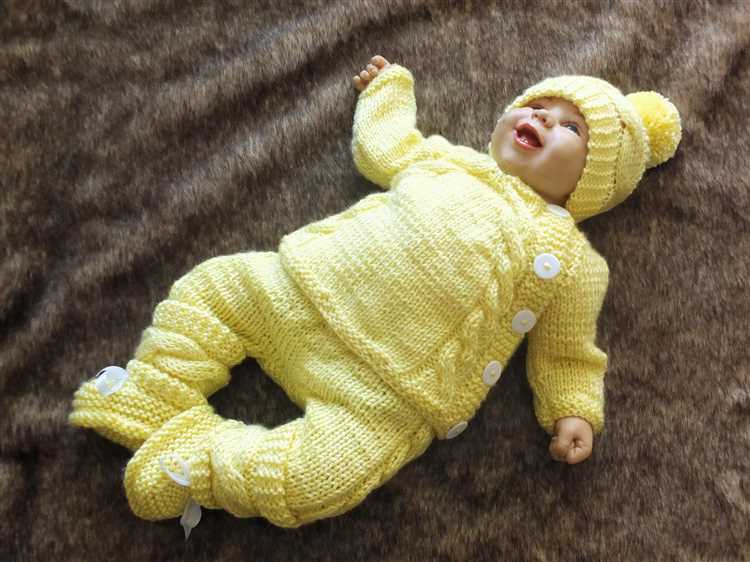Taking care of your knitted clothes is essential to ensure they last for years to come. Knitted garments are delicate and require special attention to maintain their shape, color, and overall quality. Whether you have a favorite sweater, scarf, or hat, following a few simple tips and guidelines can help extend the life of your beloved knits.
First and foremost, when it comes to washing knitted clothes, it’s important to follow the care instructions provided by the manufacturer. Be sure to check the label for specific washing instructions, such as whether the garment should be hand-washed or machine-washed, the recommended water temperature, and whether it can be tumble dried or if it should be laid flat to dry. By following these instructions, you can prevent unnecessary damage and preserve the integrity of your knitted clothes.
It’s also advisable to use a gentle detergent specifically designed for delicate fabrics when washing your knits. Harsh detergents can strip away the natural oils in the fibers, leading to shrinkage and loss of shape. Look for detergents that are free from harsh chemicals and additives that can cause irritation or damage to your garments.
When it comes to drying your knitted clothes, it’s best to avoid hanging them on a clothesline or using a tumble dryer, as this can cause them to stretch or lose their shape. Instead, lay them flat on a clean, dry towel or a mesh drying rack. Gently reshape the garment while it’s still damp to help it retain its original shape. Avoid wringing or twisting your knits, as this can damage the fibers and lead to distortion.
Lastly, proper storage is key to keeping your knitted clothes in pristine condition. Fold them neatly and store them in a cool, dry place, away from direct sunlight and exposure to moisture. If you have moths or other pests in your area, consider using mothballs or cedar blocks to deter them and protect your garments from damage.
By following these simple tips and guidelines, you can ensure that your knitted clothes remain in excellent condition and continue to bring you warmth and style for years to come.
